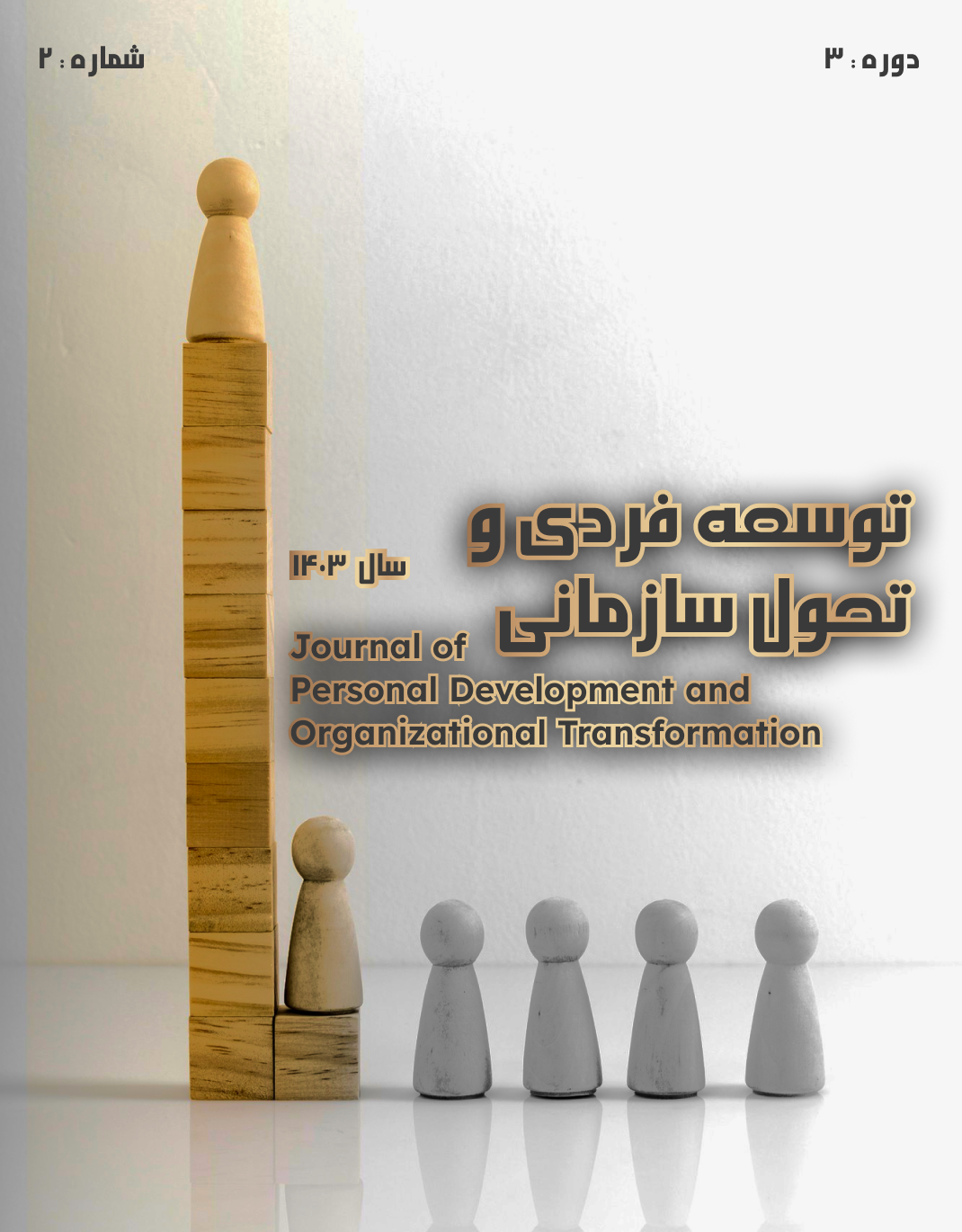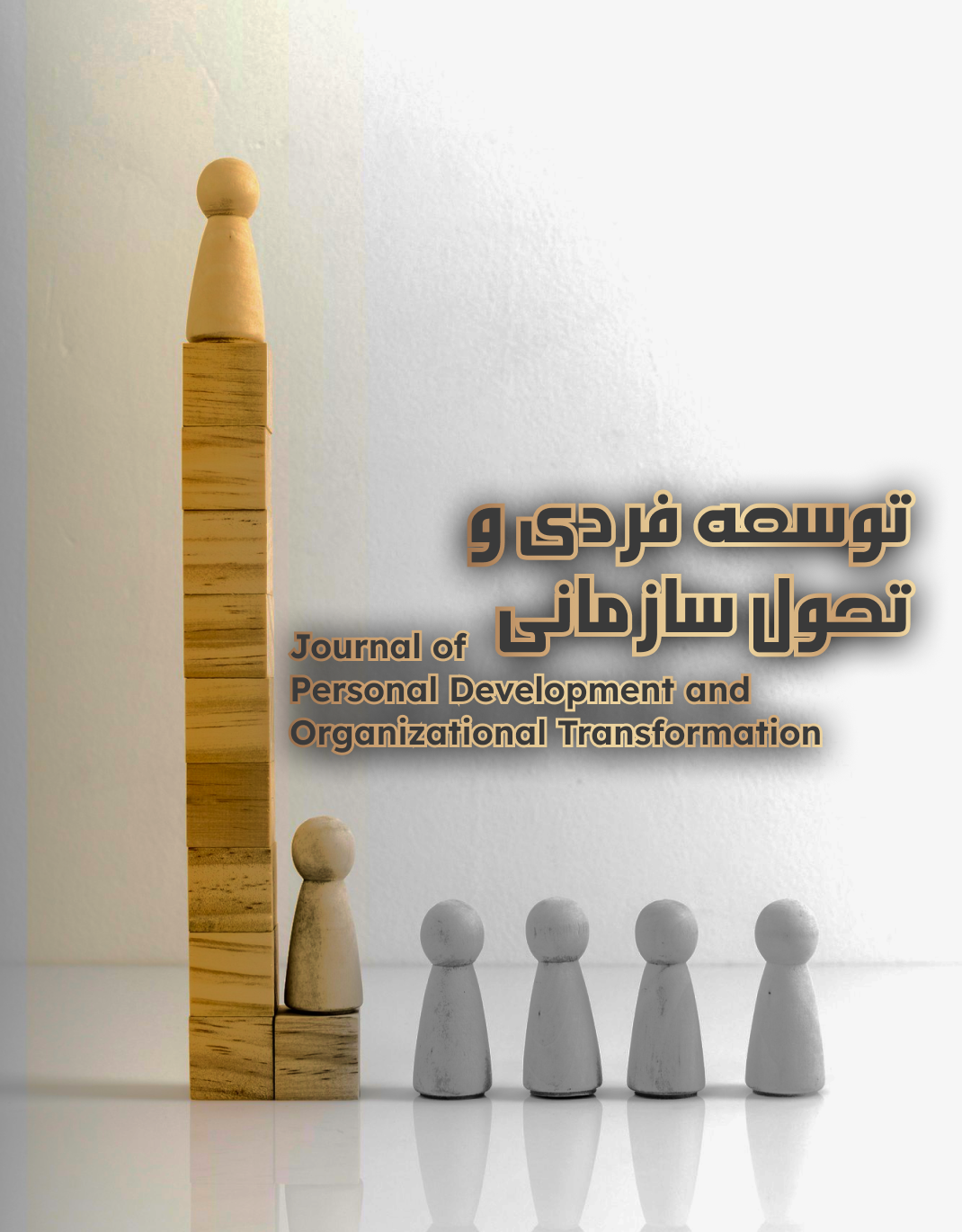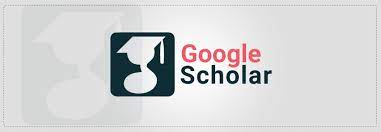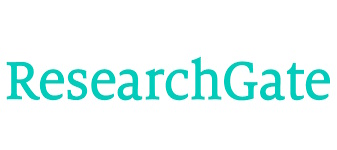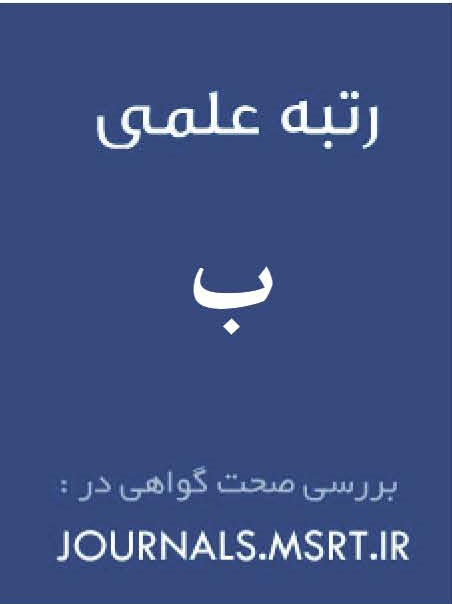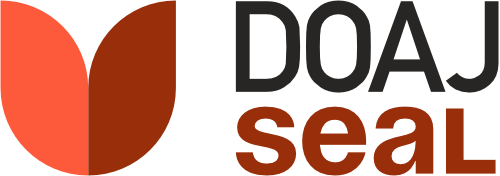Analyzing the Role of Human Resource Capabilities in Organizational Value Creation: A Hybrid Approach in Iran’s Gas Industry
Keywords:
Human resource capabilities, organizational value creation, structural-interpretive modeling, human resource development, Iranian gas industryAbstract
In today’s world, human resources are recognized as the most valuable organizational asset and play a fundamental role in value creation and organizational effectiveness. Iran’s gas industry, as one of the vital pillars of the national economy, requires the strategic utilization of human capabilities to achieve sustainable development and improve organizational performance. This study adopts a hybrid approach to analyze the role of human resource capabilities in organizational value creation. In the qualitative phase, meta-synthesis and qualitative content analysis methods were employed to identify key components. In the quantitative phase, the Delphi method and Interpretive Structural Modeling (ISM) were used to categorize and prioritize human capabilities within the organization under study. The findings indicate that human resource capabilities—including technical skills, communication abilities, managerial competencies, cognitive and analytical capabilities, and personal development—significantly contribute to organizational value creation. Furthermore, the proposed model reveals that these capabilities are stratified across different organizational levels, and their enhancement leads to increased productivity and competitiveness within the gas industry. Overall, the results of the study suggest that organizations must formulate strategies aimed at developing human capabilities to ensure empowerment of human resources, thereby guaranteeing sustainability and continuous growth. In addition to providing a framework for valuing human resources, this research offers practical strategies for enhancing organizational capabilities.
Downloads
References
Arellano, C., DiLeonardo, A., & Felix, I. (2017). Using people analytics to drive business performance: A case study. McKinsey Quarterly, 3, 114-119. https://www.mckinsey.com/
Asadi, A., & Asadi, A. (2023). Designing a human resource development model with a dynamic capabilities approach within the framework of general energy policies. Strategic and Macro Policies, 11(44), 763-788. https://www.jmsp.ir/article_172207.html?lang=fa
Avaze, A., Iranzadeh, S., & Mohammadvardin, V. (2019, 2018). Alignment of human resource capabilities and marketing strategy with the mediating role of customer experience (Case study: branches of Bank Keshavarzi in East Azerbaijan province). 2nd International Conference on Management and Business, Tabriz, Iran. https://nmrj.ui.ac.ir/article_26084.html
Bassi, L., & McMurrer, D. (2016). Four lessons learned in how to use human resource analytics to improve the effectiveness of leadership development. Journal of Leadership Studies, 10(2), 39-43. https://doi.org/10.1002/jls.21471
Becker, B. E., Huselid, M. A., & Ulrich, D. (2001). The HR scorecard: Linking people, strategy, and performance. Harvard Business School Press. https://www.unicef.fr/sites/default
Dehmardeh Ghalehno, M., Bahmandast, B., Zarei, H., & Soleimani, M. (2020). Human resource accounting: Background, concepts, criteria, and measurement models. Accounting and Auditing Research, 10(2), 21-45. https://jaacsi.alzahra.ac.ir/article_4819_064b16fd598ad00e8cc988d9c7f04547.pdf
Fathollahi, Taleghani, Reza, G., Amiri, Nairi, & Shahrzad, N. (2022). Presenting a model for developing human capabilities of local organization managers (Case study: Tehran Municipality). Human Resource Management Research, 14(3), 133-166. https://hrmj.ihu.ac.ir/:%20https:/hrmj.ihu.ac.ir/article_207419.html
Flamholtz, E., Bullen, M. L., & Hua, W. (2002). Human resource accounting: A historical perspective and future implications. Management Decision, 40(10), 947-954. https://doi.org/10.1108/00251740210452818
Habibi, A., Firouzi Jahantigh, F., & Sarafrazi, A. (2015). Fuzzy Delphi Technique for Forecasting and Screening Items. Asian Journal of Research in Business Economics and Management, 5(2), 130-143. https://doi.org/10.5958/2249-7307.2015.00036.5
Hamilton, R. H., & Sodeman, W. A. (2020). The questions we ask: Opportunities and challenges for using big data analytics to strategically manage human capital resources. Business Horizons, 63(1), 85-95. https://doi.org/10.1016/j.bushor.2019.10.001
Hassani Azar Daryani, A., Mashayekh, S., & Hejazi, R. (2019). Designing a human resource valuation model and its reporting in the National Iranian Oil Company and its subsidiaries. Accounting and Auditing Review, 26(2), 279-300. https://acctgrev.ut.ac.ir/article_72158_9394.html
Lev, B., & Schwartz, A. (1971). On the Use of the Economic Concept of Human Capital. The Accounting Review. https://www.jstor.org/stable/243891
Low, M. P. (2025). Leveraging Employee Value Creation in Building Organizational Resilience: A Serial Mediation Approach. Employee Responsibilities and Rights Journal, 1-20. https://doi.org/10.1007/s10672-024-09518-0
Munksgaard, K. B., Abrahamsen, M. H., & Frandsen, K. (2024). The influence of network understanding on value creation in business relationships. European Journal of Marketing, 58(4), 928-951. https://doi.org/10.1108/EJM-04-2021-0268
Rahimi, S., Talebnia, G., Hejazi, R., Ranjbar, M., Fathollahi, M., Taleghani, G., Amiri, M., & Shahrzad, N. (2022). Designing an efficient human resource valuation model using qualitative methods (Case study: Islamic Azad University units in Hormozgan province) Presenting a model for developing the human capabilities of managers of local organizations (Case study: Tehran Municipality). Journal of Investment Knowledge, 11(3), 523-541. http://www.jik-ifea.ir/article_19361.html
Rumokoy, F. S., & Frank, B. (2025). Retail value creation through augmented reality: The role of task-technology fit, consumer knowledge, and personality. Journal of Retailing and Consumer Services, 84, 104173. https://doi.org/10.1016/j.jretconser.2024.104173
Simón, C., Revilla, E., & Jesús Sáenz, M. (2024). Integrating AI in organizations for value creation through Human-AI te aming: A dynamic-capabilities approach. Journal of Business Research, 182, 114783. https://doi.org/10.1016/j.jbusres.2024.114783
Testorelli, R., Tiso, A., & Verbano, C. (2024). Value Creation with Project Risk Management: A Holistic Framework. Sustainability, 16(2), 753. https://doi.org/10.3390/su16020753
Xu, W., & Chen, T. (2024). Mutual fund value creation: Insights from the residual income model. Finance Research Letters, 62, Part B. https://doi.org/10.1016/j.frl.2024.105254
Downloads
Published
Submitted
Revised
Accepted
Issue
Section
License
Copyright (c) 2025 تهمینه سلطانی (نویسنده); فؤاد مکوندی; محمد همتی, وحید چناری, قنبر امیر نژاد (نویسنده)

This work is licensed under a Creative Commons Attribution-NonCommercial 4.0 International License.
